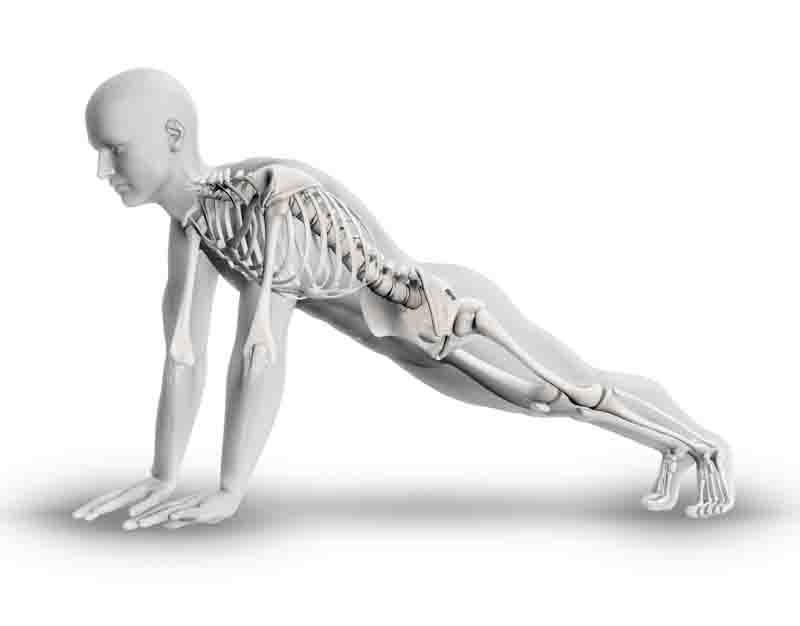Osteomalacia Causes
Osteomalacia is a condition in which bones become soft and weak. This condition has become very common nowadays both in men and women. Compared to men, women are at increased risk.
Osteomalacia causes: The most common cause of osteomalacia is vitamin D deficiency – which leads to low blood calcium levels. Inadequate levels of calcium in the blood can lead to soft and weak bones.
Symptoms and Risks
Those who develop this condition have weak muscles, weaker bones, bone pain, bowed legs, and brittle bones. They are at increased risk of BONE FRACTURES.
In children – The inability to utilize vitamin D or deficiency of vitamin D can lead to a condition called osteomalacia which leads to rickets.
Osteomalacia Causes
Vitamin D Deficiency
A major source of vitamin D is the one that is produced by the skin on exposure to sunlight. The other source of vitamin D is food – such as milk, fish, eggs, poultry, and meat. Low vitamin D levels or inadequate vitamin D or deficiency of vitamin D occurs in the following cases:
- People who work indoors during the daylight hours
- Women who use a very strong sunscreen
- Individuals with dark skin pigmentation
- Women who wear complete body-covering clothes
- Women and men who avoid daylight
- People who work most of the time indoors
- Women who remained confined to their homes
- People who live in climatic conditions where there is the least exposure to sunlight.
Some people may not get enough vitamin D from their diet if they:
- Have undergone stomach surgery – such as bariatric surgery or intestinal surgery
- Follow a strict vegetarian diet
- Don’t drink milk and milk products (commonly seen in adults)
- Have trouble digesting milk products (lactose intolerance)
What are the other causes of osteomalacia?
The other osteomalacia causes include the following:
- Excessive use of medicines especially the ones that are used to treat seizures
- Acidosis and kidney failure
- Rare types of kidney cancers that lead to low levels of phosphates
- Chronic and end-stage kidney disease
- Lack of enough phosphates in the diet
- Digestive system disorder
- The inability of the liver to convert vitamin D to its active form is due to liver disease.
How is osteomalacia diagnosed?
Doctors order the most common and basic tests to check the levels of vitamin D, calcium, and phosphates. Low levels of vitamin D, calcium, and phosphates indicate osteomalacia. X-rays and bone density scans are helpful in evaluating the amount of calcium and other minerals in bone. Low bone density scans indicate osteomalacia.
How is osteomalacia treated?
Doctors suggest proper sunlight exposure and dietary intake if the cause is vitamin D and calcium deficiency. People who have developed the condition due to malabsorption of nutrients through the intestines should take larger quantities of calcium and vitamin D supplements. It depends on the individual case.


